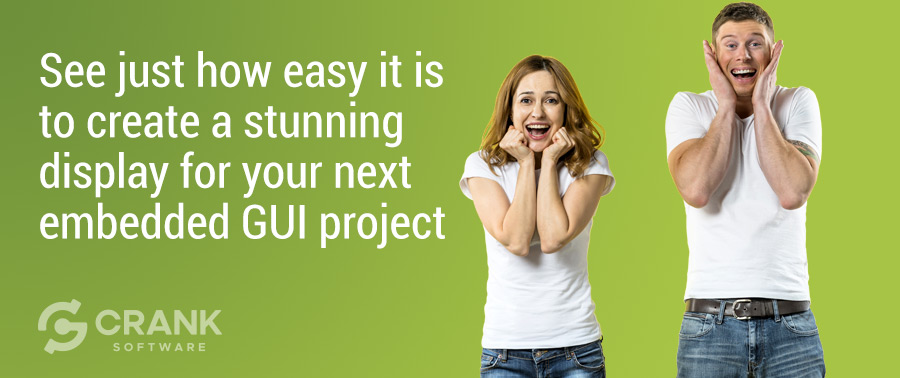We're excited to announce our latest release of Storyboard. As a UX and customer-focused software company, we make a point to focus on regular, smaller updates too - primarily focused on improving the experience of existing features. But that doesn't mean we don't make room to sneak in some great new features too - especially ones that improve our customers' experience with Storyboard. We're excited. Watch our video and get excited too. Want more details? Read on below...
Whether they’re brand new products or existing ones undergoing an evolution, one of the key aspects often discussed during the design and development process is – Do we take it global? Of course, when the answer is yes, the process of internationalization (or i18n) of the product’s user interface (UI) becomes a key part of the embedded graphical user interface (GUI) development process.
When it comes to the rendering of text, the process for handling simple strings is quite straightforward. However, for more complicated strings that use glyphs or characters that change shape based on their context, managing aspects such as; direction, spacing, and text shaping, become an important (and critical) part of the GUI development process.
This is where Storyboard’s recent release comes into play.
In addition to the many workflow-enhancing capabilities that were added to Storyboard, some of the core enhancements introduced with Storyboard 6.1 focus on making the handling and rendering of non-Latin-based text easier for UI developers, when there is a focus on taking their product global.
So, how can Storyboard help with your embedded GUI project that's set for a global release?
With Storyboard, you can benefit from:
1. Text-overflow property
Storyboard introduced a new text-overflow option that enables it to easily determine the ideal location for spacing to occur when text needs to be wrapped within a menu list or event-driven button.2. Text-shaping for complex glyphs
Helping reduce overall costs associated with your project by using FreeType fonts, Storyboard allows the rendering of complex text glyphs, without the need of utilizing third-party commercial-based integration options.
3. Text-wrapping
Building upon Storyboard’s existing zero-width-space character (U+200B) capability, Storyboard introduced additional flexibility on how text wrapping can be performed, with support for simple Chinese/Japanese/Korean (CJK) languages.
4. Text wrapping bounds
Ensuring developers get the bounds of wrapped text more precisely, Storyboard helps save dev time and effort by using the same breaking and wrapping algorithms (gre.get_string_size API) that the render extension uses.5. Text translation view
Storyboard previously introduced the ability for developers to easily view what text content had been translated, what that translation value is, and hints related to the correct visibility of the text with Storyboard’s text translation view.6. Variable attribute changes
Storyboard enables additional variables such as fonts, point sizes, and control metrics to be added as attributes to be changed when language requirements change.Ready to give Storyboard a try? Download your free trial of Storyboard to see just how easy it is to create a stunning display for your next embedded GUI project.
.png?width=180&height=67&name=Crank-AMETEK-HZ-Rev%20(4).png)


